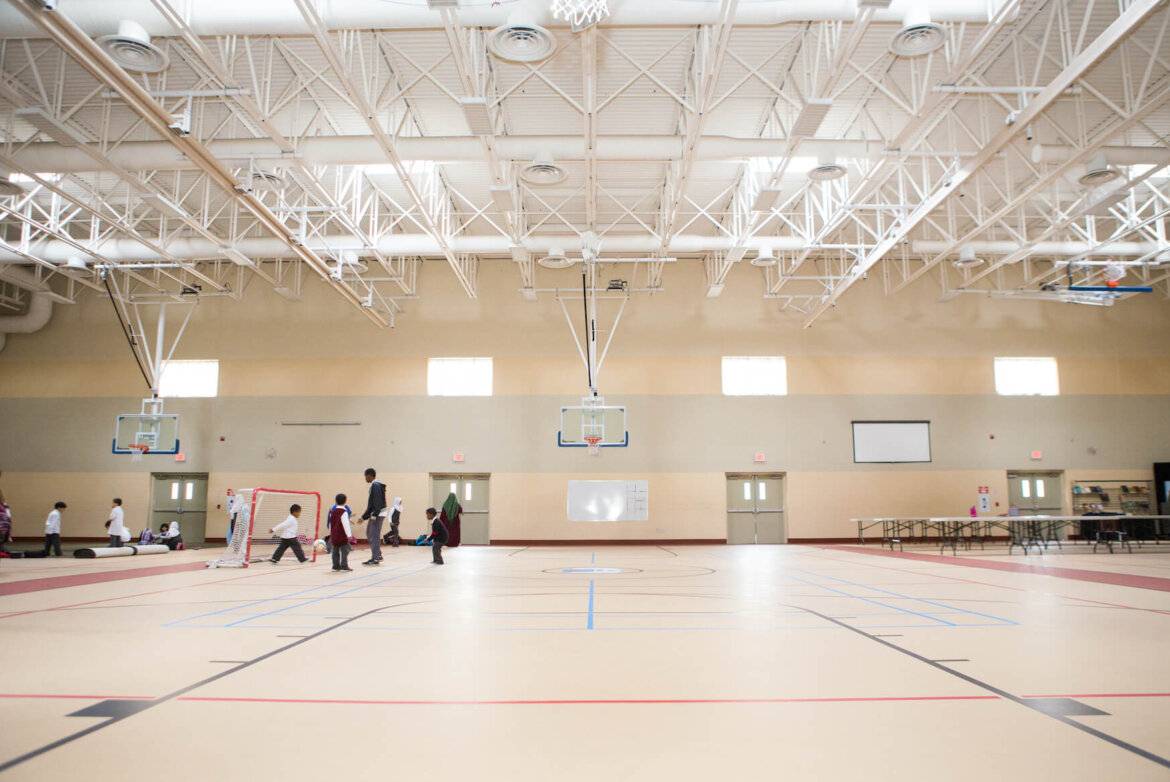Community and cultural centres play a critical role in public health.
The sports and recreation activities, and the leisure and education programs they offer, give people an opportunity to improve their fitness, live healthier lives and learn new skills. They also serve as a meeting place where individuals can connect with others in their community, reducing loneliness and isolation.
Community centres led by ethno-cultural communities not only offer these benefits, they also provide a safe space for community members to share and preserve their history and culture and obtain culturally appropriate support services, contributing to the community’s health and wellbeing.
Yet not all groups have equal access to this type of social infrastructure.
A recent study on public investment in Black infrastructure by the Somali Centre for Culture and Recreation (SCCR) and the Infrastructure Institute at the University of Toronto found that neighbourhoods in Toronto with a high proportion of Black residents, particularly those of Somali origin, lack access to such facilities.
Of the 36 cultural centres the study examined, only five were Black-led and they focused on arts and activism rather than recreational and other programming.
The lack of community centres is made worse by the effects of quickly gentrifying cities that push many Black residents into poorly resourced and underfunded neighbourhoods.
The gap in social infrastructure can and has negatively affected the health and wellbeing of Black communities already burdened with years of systemic discrimination and anti-Black racism that have resulted in higher levels of poverty and poorer health outcomes for many Black Canadians.
While efforts are underway by the SCCR to build a Somali-led culture and recreation facility in Toronto, the centre, and others like it, need financial and policy support from all levels of government, including the federal government, if they are to succeed.
The biggest barrier to creating Black-led cultural and community centres is the cost. They are expensive to build, requiring large capital investments. While other ethno-cultural communities have previously funded their centres through donations from community members and by land sales, the legacy of anti-Black racism and discriminatory policies against Black communities mean that there are fewer opportunities for Black communities to raise all the needed funds themselves.
The federal government can help remove the cost barrier by making capital funding for Black-led community centre projects a priority in its infrastructure investments.
Besides capital funding, the federal government must prioritize investments in community-led projects that focus on building multi-purpose centres in neighbourhoods without other social infrastructure. Multi-use facilities in these neighbourhoods would provide a hub where community members and others could take part in recreational and cultural programs and access other social services.
The centres could be a resource for new parents. They could provide a safe space for young people in the neighbourhood to interact with each other and learn new skills. They could connect seniors and newcomers with support services. They present a meaningful opportunity to transform marginalized communities through direct investments in public health through mental health services, family-oriented programming and the promotion of healthy living.
Historically, marginalized groups have been left out of government decision-making processes, leading to outcomes that do not always meet the community’s needs. This trend requires immediate disruption. To ensure that this does not continue to happen to Black-led social infrastructure projects, it is essential that the federal government create a policy and funding structure that clearly identifies and addresses how investments will benefit the community.
A key opportunity exists in the federal government bilateral agreements with provincial governments to provide funding under its Investing in Infrastructure Program. This includes money for eligible cultural, recreational and community infrastructure. However, the agreement the federal government signed with Ontario lacks specific information on how Ottawa will verify whether funded projects actually improve access and quality for the communities.
The government needs to set out the specific criteria it will use to evaluate the projects and how it will determine whether they are truly community-led and in good faith. It must also seek out and support projects that are community-led and include community members in planning and decision-making.
It is time to close the gap in social infrastructure for Black communities and invest in facilities and projects that offer undeniable positive public health benefits.
Photo courtesy of Hamdi Ali




